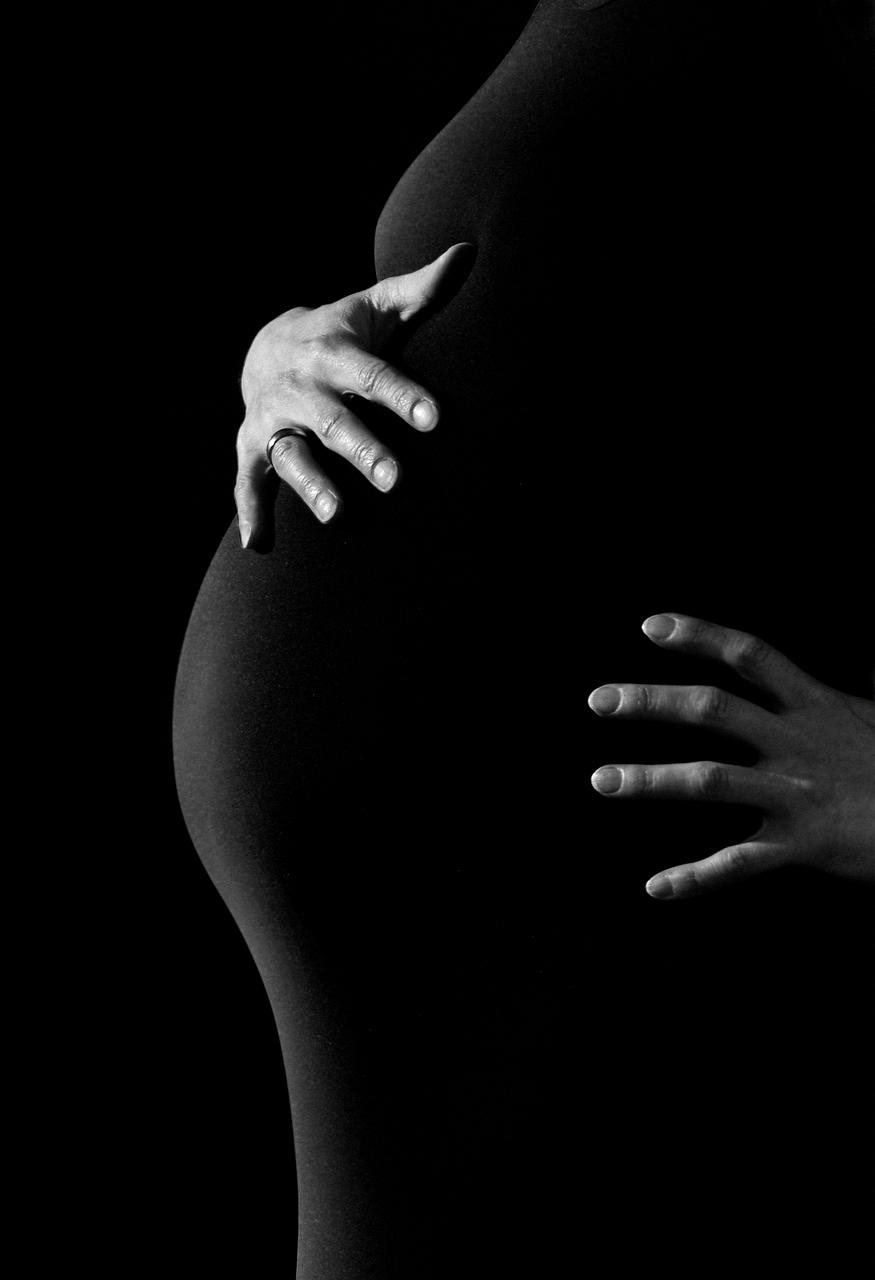When it comes to pregnancy ultrasounds, seeing an empty gestational sac can spark various concerns and questions for expectant parents. One of the common questions asked is, “Is an empty sac a miscarriage?” Let’s delve into this topic and explore the nuances surrounding an empty sac in pregnancy.
Defining an Empty Sac
An empty sac, also known as an anembryonic gestation or blighted ovum, is a situation where the gestational sac appears on the ultrasound without an embryo developing inside it. This occurrence can raise anxiety and uncertainty for individuals eagerly awaiting signs of a growing fetus.
Understanding Miscarriage
Miscarriage, medically referred to as spontaneous abortion, is the natural loss of a pregnancy before the 20th week gestation. It can occur due to various reasons, including chromosomal abnormalities, hormonal imbalances, uterine issues, or maternal health conditions. The term ‘miscarriage’ encompasses different scenarios and outcomes related to pregnancy loss.
Is An Empty Sac Considered a Miscarriage?
When a gestational sac is found to be empty during an ultrasound examination, it is often indicative of what is termed an anembryonic or blighted ovum pregnancy. In this situation, the fertilized egg implants in the uterus and leads to the formation of the gestational sac, yet fails to develop into an embryo.
The Decision-Making Process
Upon discovering an empty sac, individuals are often faced with important decisions regarding how to proceed. Some opt to wait for the body to naturally expel the sac, while others may choose medical interventions such as a dilation and curettage (D&C) procedure to remove the remaining tissue.
Emotional Impact
Experiencing an anembryonic pregnancy and the subsequent loss can evoke a spectrum of emotions for those involved. It is essential to acknowledge and address the grief, sadness, and confusion that may accompany such a situation, as individuals navigate the complexities of processing pregnancy loss.
Support and Resources
During challenging times such as a pregnancy loss, seeking support from loved ones, healthcare providers, or mental health professionals can be invaluable. There are various resources available, including support groups, counseling services, and online communities, that offer understanding and assistance to individuals coping with miscarriage.
Coping Strategies
Engaging in self-care practices, such as prioritizing rest, engaging in physical activity, and expressing emotions through journaling or creative outlets, can aid in the healing process following a pregnancy loss. Each individual copes differently, and finding strategies that resonate personally is crucial.
Medical Evaluation
After experiencing an anembryonic pregnancy, healthcare providers may recommend additional tests or evaluations to assess for any underlying factors that could have contributed to the pregnancy loss. Understanding the potential causes can help individuals make informed decisions moving forward.
Future Pregnancy Considerations
For individuals who have faced the loss of an anembryonic pregnancy, the prospect of future pregnancies may evoke a mix of hope and apprehension. It is essential to engage in open communication with healthcare providers, address any concerns or questions, and approach subsequent pregnancies with attentiveness and care.
Conclusion
In conclusion, while an empty sac in pregnancy can be a challenging and emotional experience, it is crucial to understand the nuances surrounding such situations and seek appropriate support and guidance. The decision-making process, emotional impact, coping strategies, and medical evaluations play pivotal roles in navigating the complexities of an anembryonic pregnancy and miscarriage.

